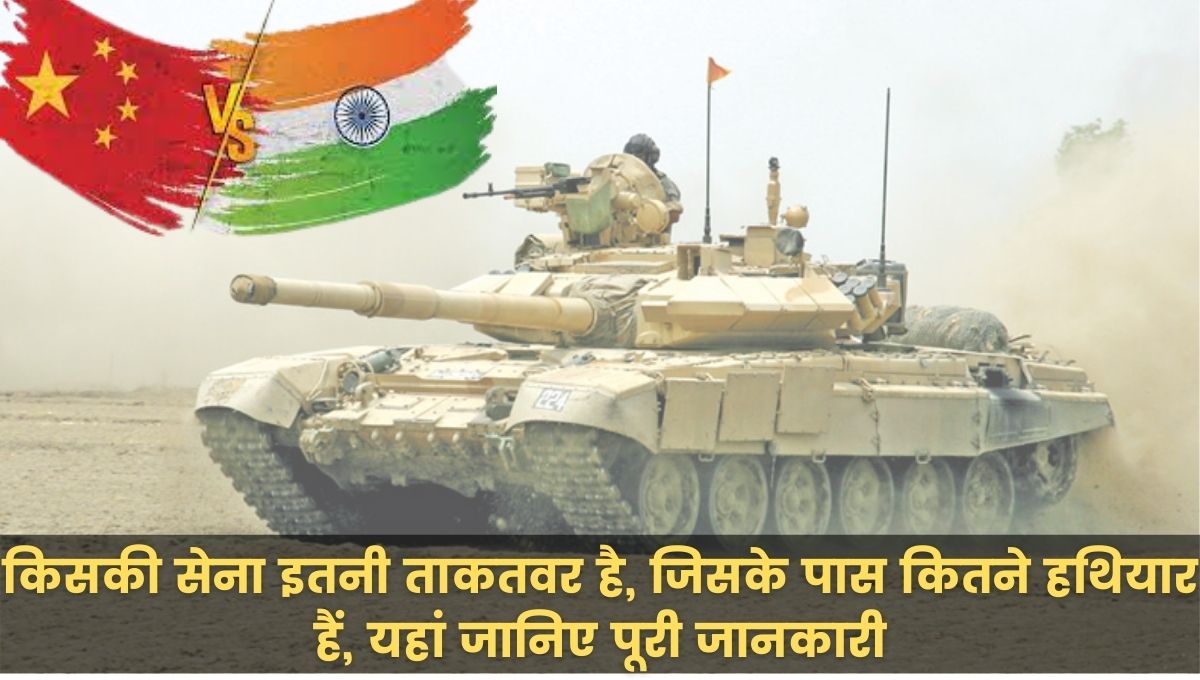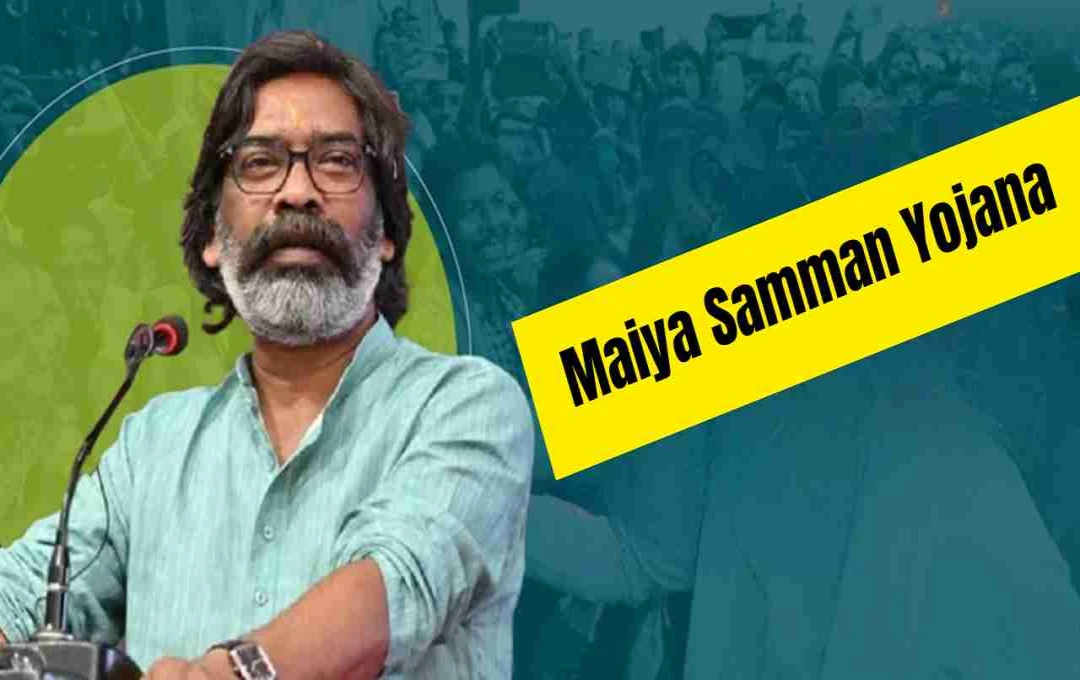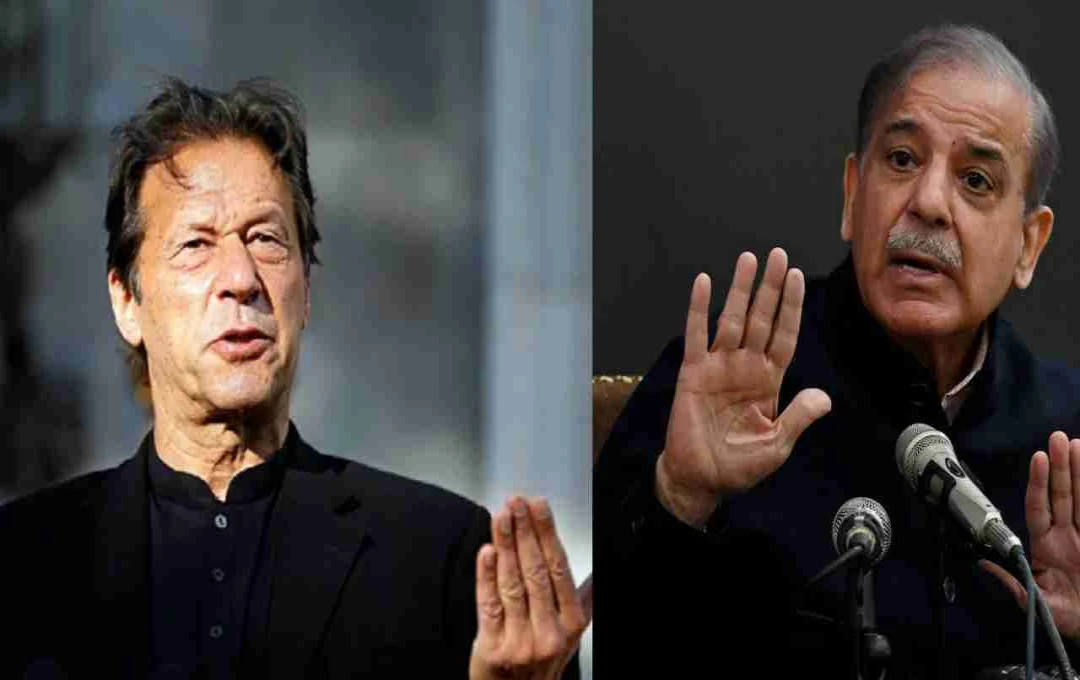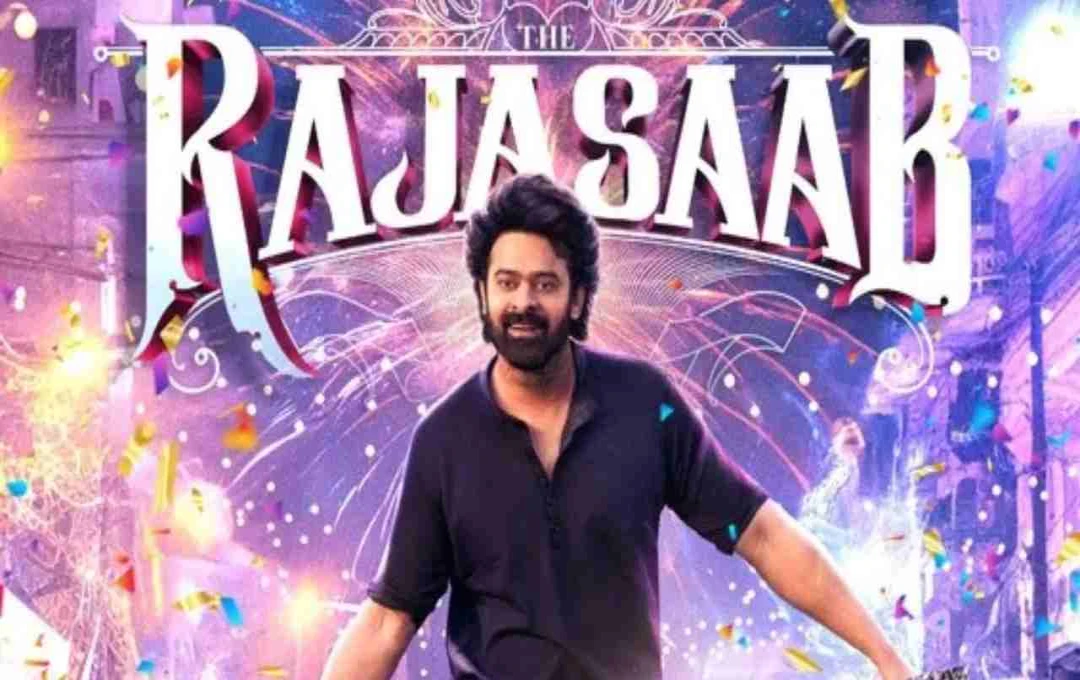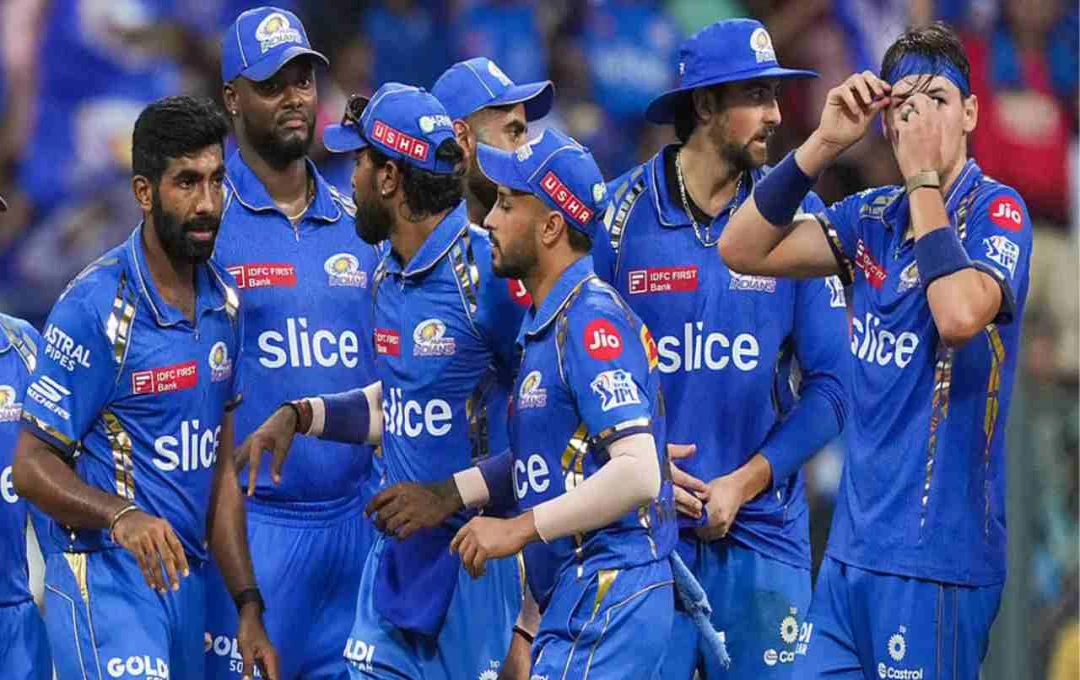Gain detailed insights into the military strengths of India and China, encompassing their defense budgets, troop numbers, and weaponry. Let's begin by examining the defense budgets of both nations.
China's defense budget stands at US$228 billion, representing 1.9% of its GDP, while India's defense budget is US$55.9 billion, accounting for 2.5% of its GDP. Comparatively, India's budget is considerably lower than China's, and India's GDP growth rate is also comparatively lower. Now, let's delve into the military strength of both countries.
China, with its vast landmass encompassing 9,596,961 square kilometers and boasting the world's largest population, commands the largest military force globally. This includes approximately 380 million personnel, comprising 2.3 million active and 8 million reserve personnel.
India, possessing the world's second-largest population, also boasts a substantial military. India's military personnel total approximately 310 million, including 2.1 million active and 1.1 million reserve personnel. A nation's military strength is often determined by the size of its armed forces.
Now let's examine the ground forces of both nations -
China possesses 7,760 tanks and 6,000 armored fighting vehicles, while India has 4,426 tanks and 5,681 armored fighting vehicles. In terms of artillery, China has a total of 9,726 guns, compared to India's 5,067. Overall, both nations possess comparable ground forces.
Turning to naval forces, crucial for defending a nation's maritime territories. Both China and India have two aircraft carriers. However, China boasts 76 submarines, while India has 15, highlighting China's ber naval presence.
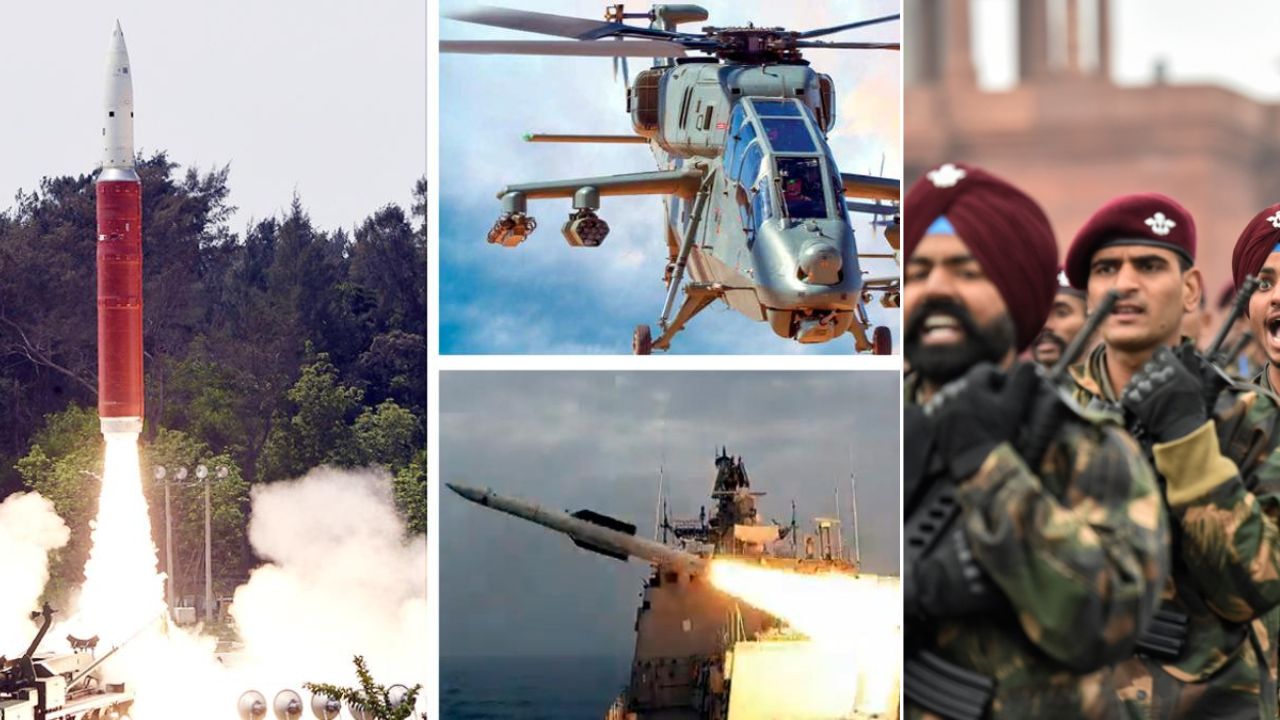
Now let's assess the air power of both nations.
China's air force comprises a total of 4,182 aircraft, including 1,150 fighter jets, 629 multi-role aircraft, 270 attack aircraft, and 1,170 helicopters. In contrast, India's air force has 2,216 aircraft, including 323 fighter jets, 329 multi-role aircraft, 220 attack aircraft, and 725 helicopters. Both India and China are nuclear-armed states, capable of employing nuclear power in times of conflict.
India faces security threats not only from China but also from Pakistan. In a conflict scenario, Pakistan could align with China, while countries like the United States and Russia, which could aid India, are geographically distant. General Bipin Rawat was appointed Chief of Defence Staff to enhance coordination among India's three military branches.
In conclusion, while India and China possess comparable military strengths in certain aspects, China's larger defense budget and superior naval capabilities, particularly in maritime defense, give it a significant advantage.
